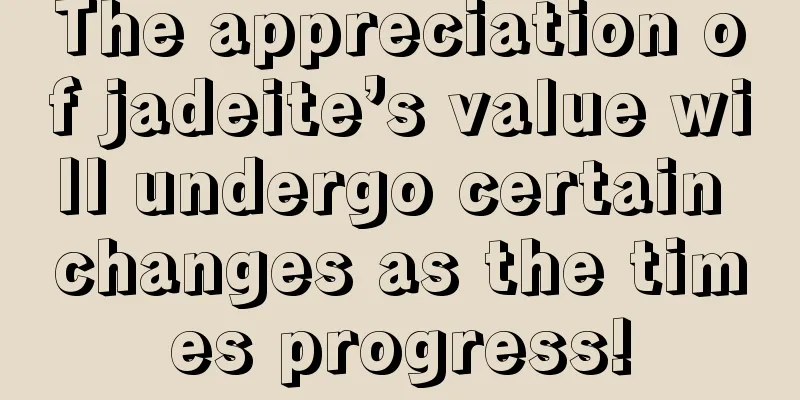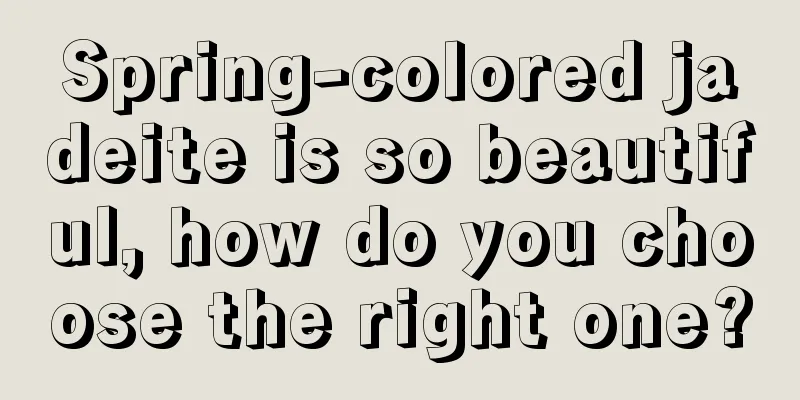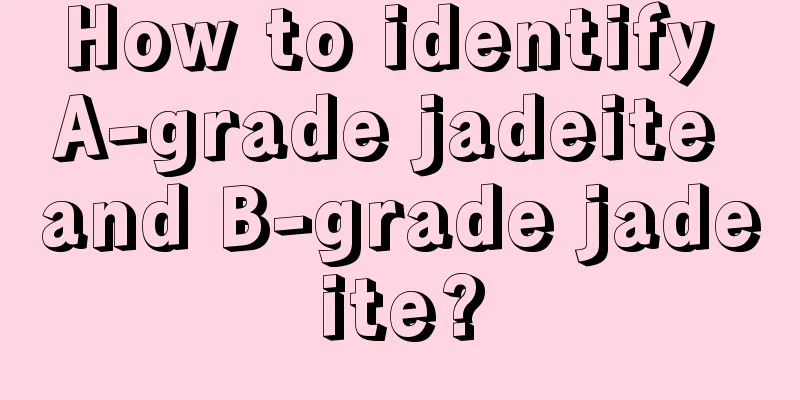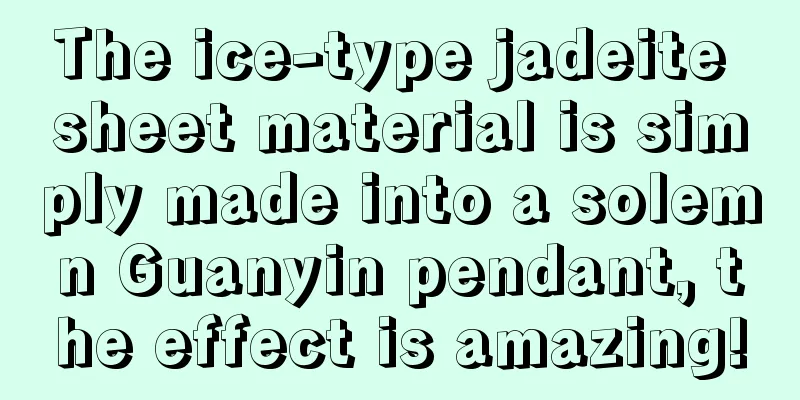The different artistic beauty brought by jade carving techniques
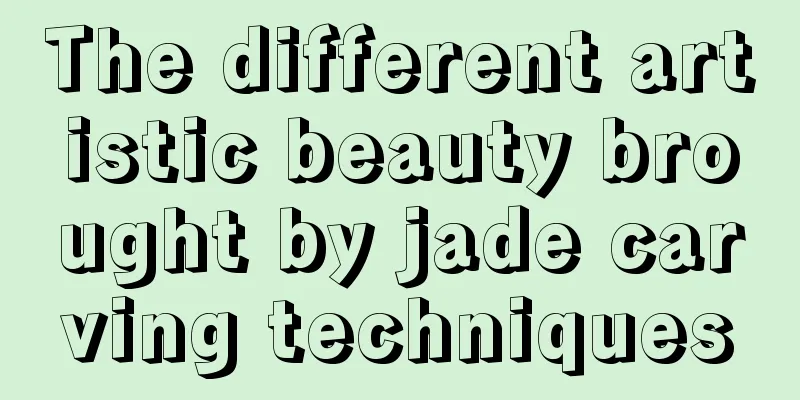
|
The different artistic beauty brought by jade carving techniques "If jade is not carved, it cannot become a useful object." "Although jade has beautiful qualities, it is among the stones. Without the carving of a skilled craftsman, it is no different from rubble. ” The essence of artistic beauty lies in its aesthetic characteristics. Artistic beauty has a spiritual impact on people by satisfying their aesthetic needs. The charm of art is realized through the appreciation of high-quality works, which is the resonance of the appreciation mentality with the rhythm of life; and the subject's appreciation mentality is formed through the influence of cultural forms and the conscious introspection of the subject's mind. A further foundation for the creation of the appreciation mentality is the empathy with the realm of the work. The humanistic art of jade not only includes the beauty of carving craftsmanship, but also a profound historical accumulation. Jade carving craft 1. Relief Relief is one of the types of jade carving. The image is sculpted or carved on a flat base plate; its contours resemble those of a painting, with varying degrees of convexity and concavity, not bound by form, and mainly appreciated from the front. Relief is mainly used in plain work, stoves, bottles, incense burners, and utensils, and other types of works are also applied with relief. Jade carvings are embossed with various patterns and designs, making the works antique, elegant and luxurious. There are many types of reliefs, which are divided into: (1) Bas-relief: That is, the carving is shallow, with few cross-layers, and its depth generally does not exceed 2 mm. Strict requirements are placed on the hook lines of shallow relief. The combination of lines and surfaces is often used to enhance the three-dimensional effect of the picture. (2) Middle relief: The "ground" is deeper than the bas-relief, and has more layer variations. Generally, the ground depth is 2-5 mm, and its depth is also determined by the thickness of the chamber wall. (3) Deep relief: There are many cross-layers and a strong three-dimensional effect. There are two main categories of relief patterns: one is various traditional deformed patterns such as circular patterns, thunder patterns, and lotus patterns. One category is realistic patterns such as flowers, insects, birds, beasts, landscapes, figures, as well as concrete dragons and phoenixes, auspicious patterns, etc. 2. Openwork Openwork carving is a further development of relief carving, also known as hollow carving. It is to hollow out certain parts that are equivalent to the "ground" or background on the basis of shallow relief or deep relief. Make the outline of the image more distinct, and make the work reflect the exquisite and ingenious craftsmanship. Openwork carving adds more layers to jade carvings, and the patterns of many works rise and fall in two, three or even four layers. As the number of layers increases, patterns and scenery are staggered up and down, and the scenery varies in distance. Due to its complex craftsmanship and difficulty in production, the drilling and penetration grinding method is adopted, so the lines of the upper and lower layers of the hollow part are staggered and complex, and polishing is the most time-consuming and labor-intensive, but the openwork art effect is the best. 3. Round Sculpture Also known as "round body carving", it is a three-dimensional sculpture. The front, back, left and right sides must all be carved. There is no distinction between the front and the side when viewing the object. It can be appreciated from any angle, up or down. The object looks like the real thing, only with different proportions. It has real volume. The most widely used types of round sculpture are lifelike and figure sculptures. An uncarved jadeite may be just an ordinary piece of jade, inconspicuous, but it is like a butterfly, and can only be stunning after transformation. Jade has inherited thousands of years of traditional jade culture. When we wear and play with jade, we can appreciate the fun of life and interpret the philosophy of life. fcgc66 fcpf18 |
<<: Moshisha jadeite rough stone cuts out rare black jadeite, the finished product is amazing
>>: It is not easy to carve a tiger out of jade, but it is quite good to carve it like this
Recommend
The Story of Empress Dowager Cixi and Jade
In fact, in the early days, jade was not precious...
What kind of black is the black of black chicken jade?
Black chicken jade is also called "black jad...
Jade, the one and only me, flawed but beautiful!
I am a piece of jade, formed by unique geological...
Why has jade remained popular in China?
The jade civilization has been inherited and accu...
To make ice-type jade, you must learn how to "pick" it! Especially for high-end products like this.
From rough material to finished product, jadeite ...
Why do more and more people like to collect jade seals nowadays?
Jade is not only a kind of ornament, but also one...
Is this true or false? Some people can tell whether jade is real or fake by using toothpaste
Recently, a jade friend left a message saying tha...
Let your jade pendant become more versatile!
The peace locket is a common and popular jade pat...
Fine jadeite sheets are designed in several classic themes. Which one do you prefer?
Today I will share with you the process of pickin...
What is the difference between machine-carved jade and hand-carved jade?
Excellent carving craftsmanship can not only make...
Good jade underground is rarer than a big house on the ground!
Life is like a journey. When you set out on a jou...
Reveal the mystery of “jade carving labor costs” for everyone!
The carvers on the market can be roughly divided ...
The beauty of jade is natural. How many blue water jades with such spiritual aura have you seen?
After years of baptism, it still possesses infini...
Jadeite Floating Flower Ox Brand----Appreciation
The jade cow is one of the commonly used themes i...
The jadeite rough stone, the window almost mutated, but peeling it to get the piece created a wonder
The original stone has been opened, and a rich co...

